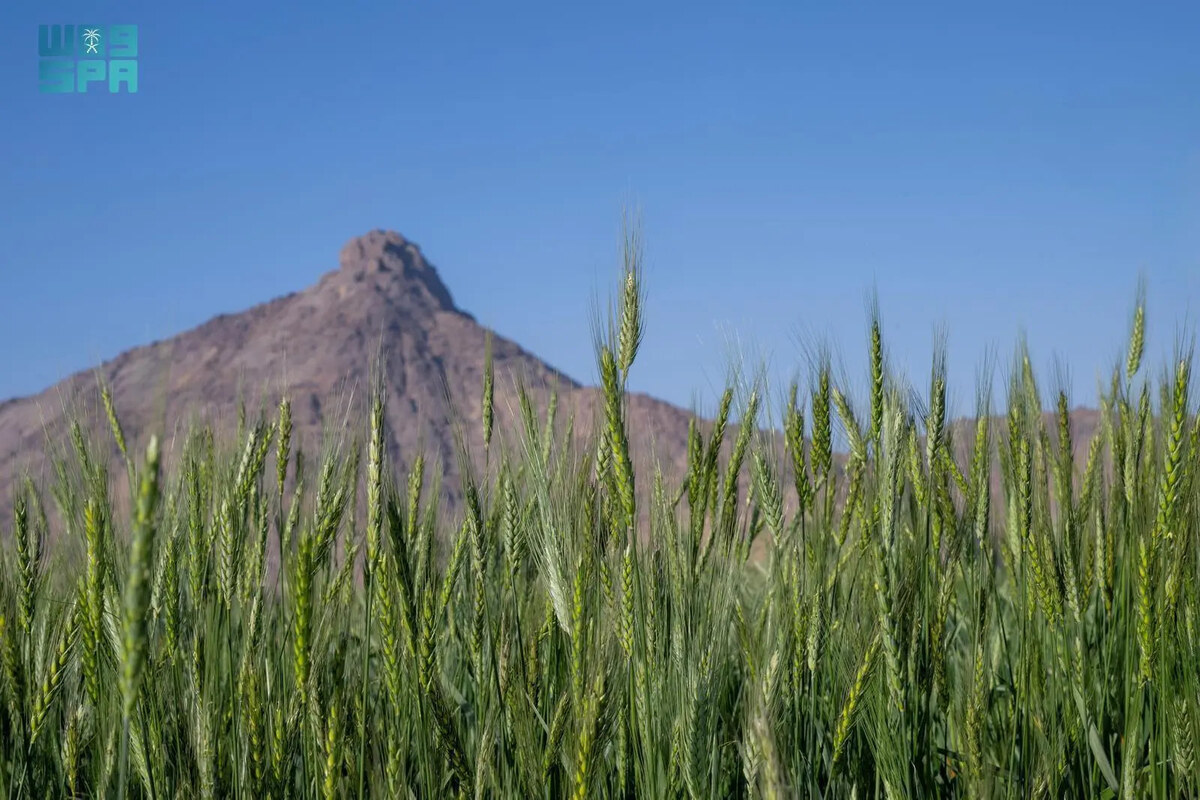NAJRAN: Wheat produced in Saudi Arabia’s southern region of Najran is in high demand because of its wide use during Ramadan, the Saudi Press Agency reported recently.
Among the most popular type is the Al-Samraa brown wheat, known locally as Al-Bur Al-Najrani, a staple ingredient in numerous popular dishes such as Raqsh and Wafd.
“The increased demand for Najrani wheat during Ramadan is attributed to its high quality, nutritional value, and health benefits,” the SPA reported.
This particular variety is rich in vitamins B and E, folic acid, zinc, and fiber.
Al-Samraa is one of 13 products in Saudi Arabia that have been chosen by the Slow Food organization’s Ark of Taste. Slow Food is a US-based organization that catalogs “delicious and distinctive foods facing extinction” or that need to be recognized.

Al-Samraa is one of the 13 products in Saudi Arabia that had been chosen by the Slow Food's Ark of Taste. (SPA file photo)
“By identifying and championing these foods, we keep them in production and on our plates,” stated the website of Slow Food, which has added more than 3,500 products from over 150 countries to its International Ark of Taste.
Earlier this month, the regional office of the Ministry of Environment, Water and Agriculture said Najran farmers expect to harvest their wheat crops in March.
Planting began in early October, just before the Kingdom’s winter. Farmers said their crops were cultivated without chemicals and that advancements in agricultural machinery have enhanced efficiency and product quality.

Najran's Al-Samraa wheat is unhybridized and naturally grown, a heritage passed down from generation to generation. (SPA file photo)
Last year, Al-Samraa was featured in the inaugural Najran Wheat Festival organized by the MEWA and Social Development Bank to showcase the region’s cultural heritage.
“This unhybridized, naturally grown wheat is a heritage we received from our ancestors,” farmer Mohammed Al-Mansour said, according to the SPA.
“We use minimal irrigation to protect it from pests, ensuring its high quality,” Al-Mansour added.
According to the Cooperative Agricultural Association West of Najran, traditional wheat cultivation involves meticulous land preparation and irrigation.
Farmers also rely on animals for land preparation and harvesting. Wheat farming has been made easier today with the introduction of modern planting methods and the use of advanced machinery.

Wheat farming has been made easier today with the introduction of modern planting methods and use of advanced machineries. (SPA)
































